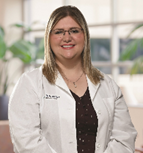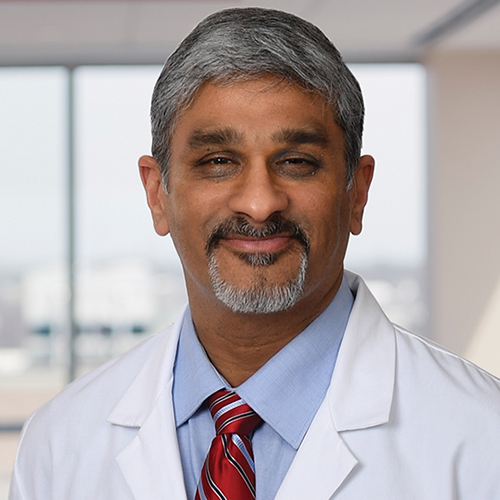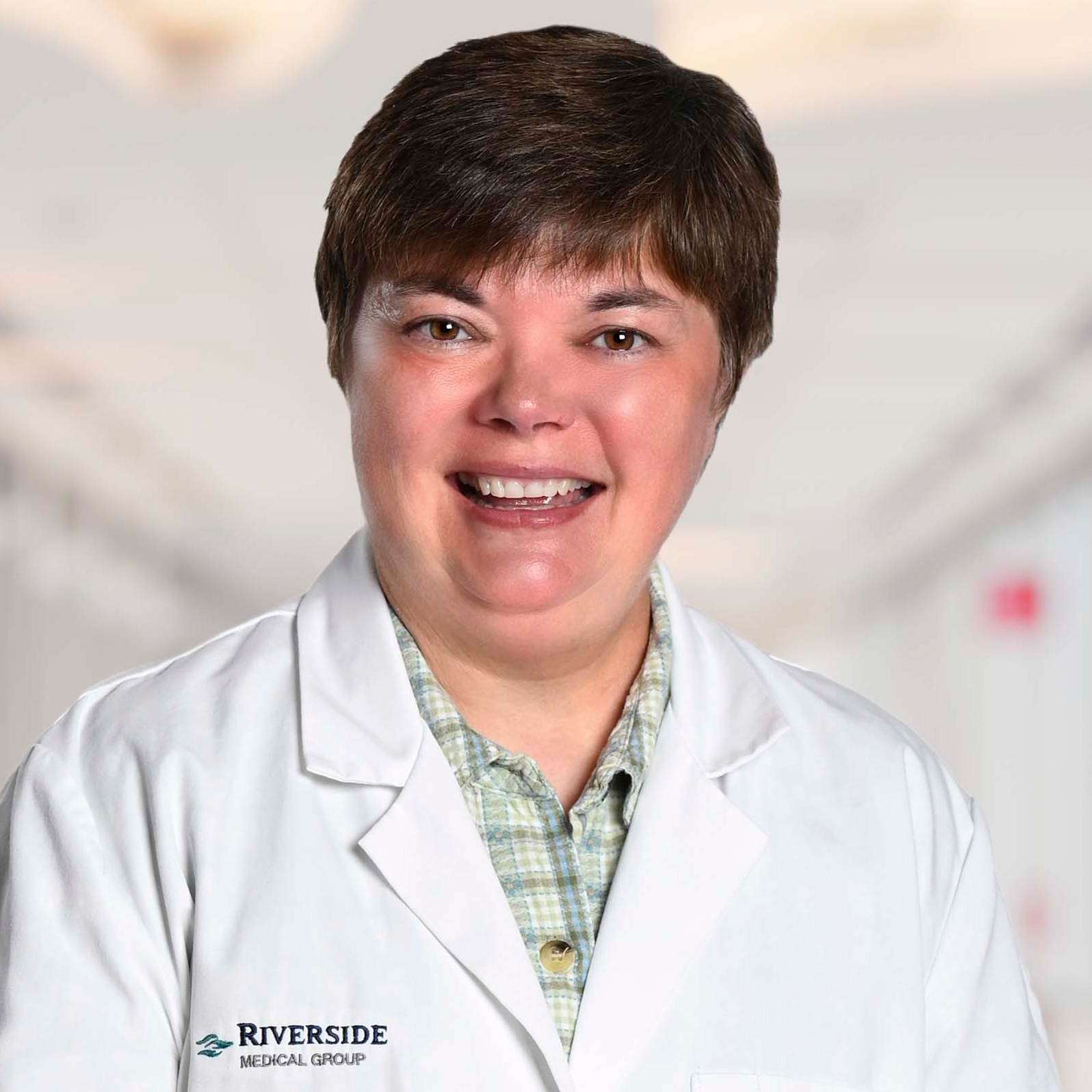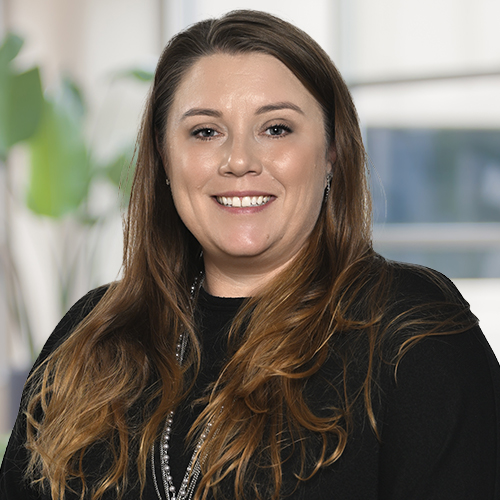HPV and Cervical Cancer: What Women Need to Know About Cervical Health
February 11, 2025Cervical cancer remains one of the most preventable yet prevalent cancers affecting women worldwide, with human papillomavirus (HPV) as its leading cause. Despite advances in screening and vaccination, many individuals remain unaware of the critical link between HPV and cervical cancer, as well as the steps they can take to protect themselves.
Understanding the risk factors and preventive measures—such as routine Pap smears, HPV testing, and vaccination—can significantly reduce the incidence of this disease. In this article, Dr. Cassandra Lacher, Oncologist and Hematologist at the Riverside Cancer Institute, discusses the connection between HPV and cervical cancer, as well as why education and proactive healthcare are essential in the fight against this potentially life-threatening condition. 
The HPV-Cancer Connection
Cervical cancer develops from abnormal cells in the cervix, gradually progressing into invasive cancer that spreads to surrounding tissues and organs. It is the fourth most common cancer in women but is highly preventable and treatable when detected early.
HPV has many subtypes, with HPV 16 and 18 responsible for 70% of cervical cancers worldwide. Beyond cervical cancer, HPV is also linked to anal, penile, head and neck cancers, and genital warts. Nearly everyone who is sexually active is exposed to HPV at some point in their lives.
“Usually, our immune system does the effort of controlling the infection and clearing the virus over time. If that doesn't happen, then the HPV virus can cause changes to the function and structure of the cervical cells, which can ultimately develop into cancer,” explains Dr. Lacher.
The HPV vaccine, Gardasil, is highly effective in preventing HPV infections and related cancers. It provides the best protection when given before sexual activity begins, with the CDC recommending it for boys and girls aged 11–12, though it can be administered as early as age nine. It is also approved for adults up to age 45 based on individual discussions with their doctor. The vaccine is given in two doses for most children and three doses for those 15 and older.
Additional Risk Factors Beyond HPV
Several risk factors beyond HPV can increase the likelihood of developing cervical cancer. Smoking and exposure to secondhand smoke, as well as immunosuppression from conditions like HIV, organ transplants, or autoimmune diseases, elevate the risk.
Long-term use of oral contraceptives and having multiple children are also associated with a higher risk, though the exact reasons are unclear. Obesity can contribute by making Pap smear screenings less effective, potentially leading to missed precancerous lesions. Additionally, the drug DES, once prescribed to prevent miscarriage in the mid-1900s, has been linked to an increased risk of certain cervical cancers in those exposed in utero.
Advanced Treatment Options
The Riverside Cancer Institute offers treatments that are front-line therapies for cervical cancer, such as chemotherapy or immunotherapy. The institute has also had updates to its radiation technology, so it is able to offer some new treatments like brachytherapy which patients previously had to travel to Chicago to receive.
“It's exciting to be in a place where we can offer a community, one that's considered more rural, appropriate and adequate treatment,” shares Dr. Lacher. “Having those advanced treatment options keeps them from having to drive far away to get the treatment they need.”
Potential Side Effects Post-Treatment
Infertility can be a long-term side effect of cancer treatment, particularly in patients who are later stage with their cervical cancer as they oftentimes will require surgery with things like a hysterectomy. Radiation and chemotherapy can contribute to infertility as well.
Women may be offered to undergo fertility preservation before they start treatment with strategies such as freezing their eggs. That can help them have the option of having children in the future, even if they don't carry the child themselves. Another issue that may arise as a side effect is sexual problems.
“Body changes can be difficult to adjust to especially after surgeries,” notes Dr. Lacher. “Our job as physicians and caretakers is to make sure we're creating an environment where patients feel safe to come to our offices and talk about things that might be concerning them, like new pelvic pain or pain with intercourse or bleeding in between periods, which can sometimes feel awkward to talk about.”
One risk people might not think about with cancer treatment is financial toxicity, which can be a significant component for quality of life difficulties among patients. “In our office, in particular, we work with patients to try to help minimize that as much as possible,” assures Dr. Lacher.
Trusted Resources Women Can Turn To
Access to healthcare remains a significant challenge, particularly for individuals of lower economic status, increasing their risk due to limited preventive care. Establishing a relationship with a primary care provider is crucial for receiving routine screenings, such as those for cervical cancer.
Dr. Lacher says that reliable resources like the American Cancer Society and the National Cancer Institute offer accurate information on prevention and treatment, helping patients avoid misinformation that can often circulate on social media.
Click here to learn more about Cancer care at Riverside.



